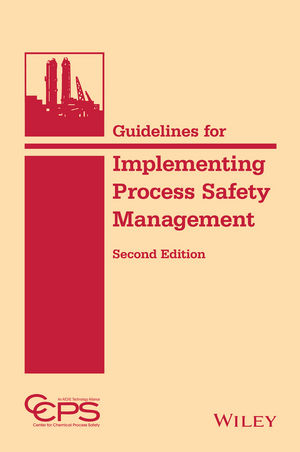 The U.S. Department of Transportation (DOT) has developed the first-ever federally proposed guidelines to encourage automobile manufacturers to limit the distraction risk for in-vehicle electronic devices. The voluntary guidelines would apply to communications, entertainment, information gathering and navigation devices or functions that are not required to safely operate the vehicle.
The U.S. Department of Transportation (DOT) has developed the first-ever federally proposed guidelines to encourage automobile manufacturers to limit the distraction risk for in-vehicle electronic devices. The voluntary guidelines would apply to communications, entertainment, information gathering and navigation devices or functions that are not required to safely operate the vehicle.
Issued by the Department’s National Highway Traffic Safety Administration (NHTSA), the guidelines would establish specific recommended criteria for electronic devices installed in vehicles at the time they are manufactured that require visual or manual operation by drivers. The announcement of the guidelines comes just days after President Obama’s FY 2013 budget request, which includes $330 million over six years for distracted driving programs that increase awareness of the issue and encourage stakeholders to take action.
Geared toward light vehicles (cars, SUVs, pickup trucks, minivans, and other vehicles rated at not more than 10,000 pounds gross vehicle weight), the guidelines are the first in a series of guidance documents NHTSA plans to issue to address sources of distraction that require use of the hands and/or diversion of the eyes from the primary task of driving.
In particular, the Phase I guidelines recommend that manufacturers use systems or devices in their vehicles that less likely to distract the driver with tasks not directly relevant to safely operating the vehicle, or cause undue distraction by engaging the driver’s eyes or hands for more than a very limited duration while driving. Electronic warning system functions such as forward-collision or lane departure alerts would not be subject to the proposed guidelines, since they are intended to warn a driver of a potential crash and are not considered distracting devices.
“We recognize that vehicle manufacturers want to build vehicles that include the tools and conveniences expected by today’s American drivers,” said NHTSA Administrator David Strickland. “The guidelines we’re proposing would offer real-world guidance to automakers to help them develop electronic devices that provide features consumers want—without disrupting a driver’s attention or sacrificing safety.”
Among the recommendations:
Reduce complexity and task length required by the device
Limit device operation to one hand only
Limit individual off-road glances required for device operation to no more than two seconds in duration
Limit unnecessary visual information in the driver’s field of view
Limit the amount of manual inputs required for device operation
To view the complete guidelines, click here.
DOT offers "distraction guidelines" to automakers





